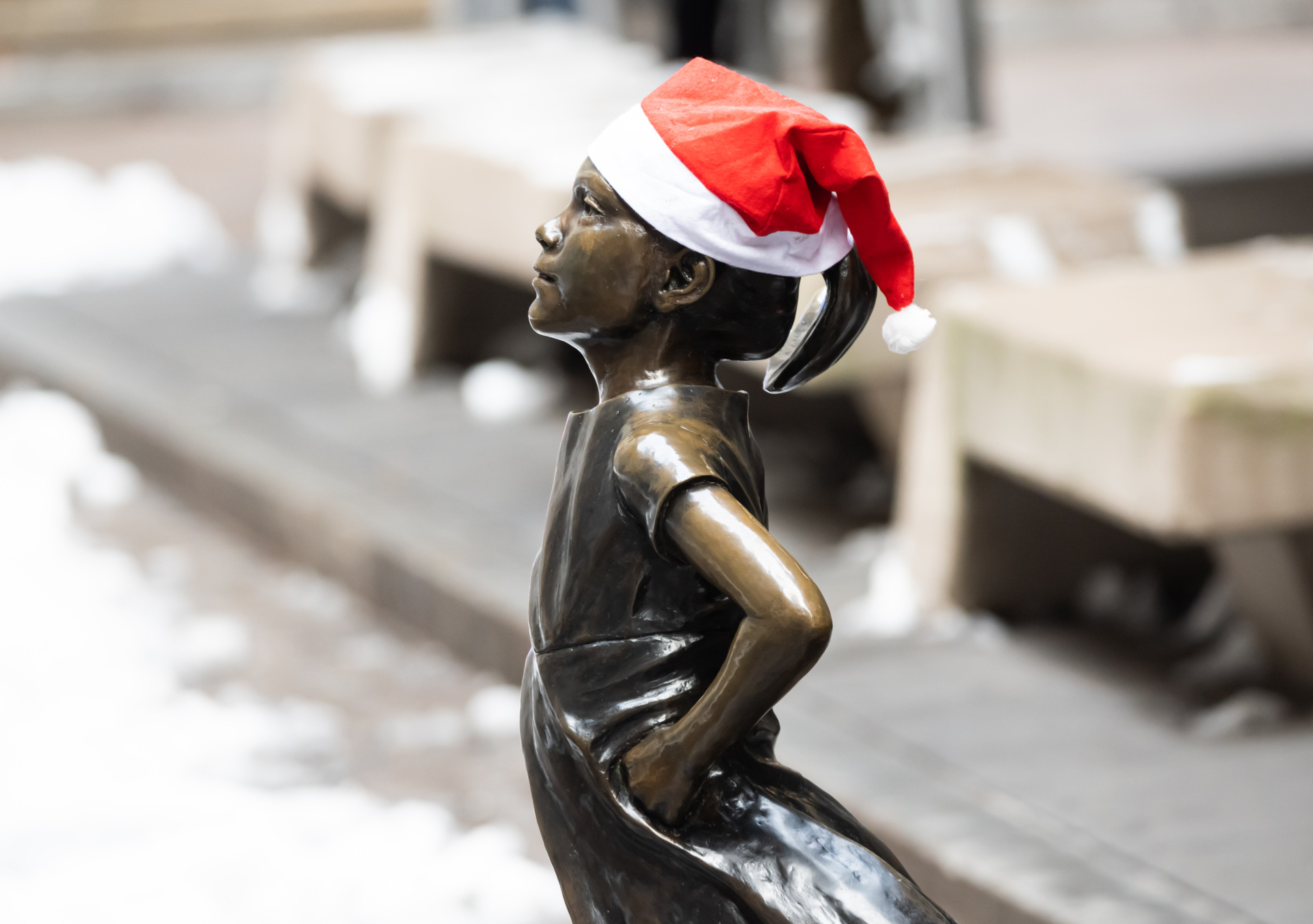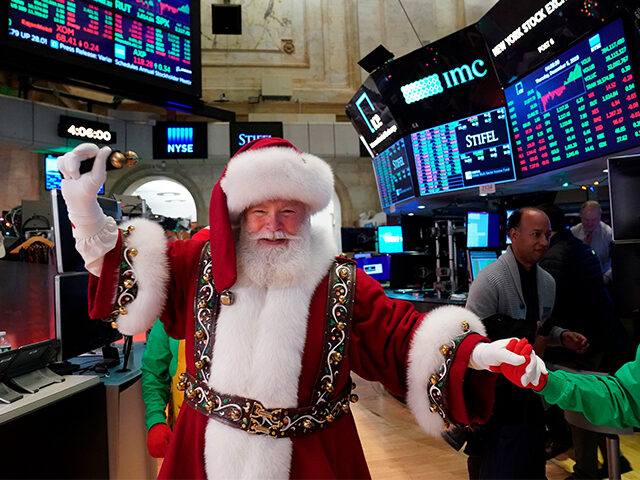The Longest Looming But Never Arriving Recession
The stock market does not seem to believe we are headed for a recession next year.
The Conference Board said Thursday that its index of leading economic indicators fell again in November, the twentieth straight monthly decline. The last time the index declined for this long was 2007 through 2009, during the financial crisis and Great Recession.
The index dropped 0.5 percent in November and would have been down by even more if not for the booming stock market. The Nasdaq Composite climbed 13 percent in November from its recent low at the end of October and has continued to move high in December. The S&P 500 is up by around 2.6 percent in December—even after the mysterious flash crash of Wednesday.
Bank of America said its clients were eagerly buying stocks last week, producing the fourth largest inflow to equities in the history of the bank’s client flow data.
The Santa Claus Rally Is Real
Wall Street has a history of Santa Claus rallies. The last five trading days in December produce an average return for the S&P 500 of 1.66 percent, with the index rising 79 percent of the time going back to 1928, according to analysts at Bank of America.
There’s also the coming presidential election that may be giving a boost to stocks.
“This period from late December Presidential Cycle Year 3 into January Year 4 is also bullish with the SPX up 70% of the time on an average return of 0.90%,” Bank of America’s analysts wrote in a recent client note.
The Conference Board says that the leading indicators are pointing to a recession. Indeed, the Conference Board’s economists expect a short and shallow recession in the first half of next year. There’s plenty of history to support the idea that long lasting declines in the Leading Economic Index (LEI) tend to be followed by recessions.
It’s not just the LEI, of course. The yield curve, for example, has been inverted since October 2022, but the economy has continued to grow solidly. Similarly, the S&P GSCI Commodities Index is down by more than 10 percent this year, often an indication of a coming economic slump.

The Fearless Girl statue wears a Santa hat outside the New York Stock Exchange on December 18, 2020, in New York City. (Noam Galai/Getty Images)
The Yield Curve Who Cried Wolf
So, have these recession indicators lost the power to impress investors? It may simply be that they have been warning of a coming recession for so long that investors stopped paying attention, like the proverbial villagers who learn to ignore the boy who cries wolf.
The thing about that story is that eventually the real wolf does show up. The economy will slip in a recession at some point.
It seems unlikely, however, that point will arrive next year. The Fed has communicated its willingness to pre-emtively cut interest rates prior to the economy slumping, making it likely that the economy will keep growing.
This runs the risk of reigniting inflation, however, which could see the Fed having to hike interest rates in the next administration. That could get very awkward, very quickly.

COMMENTS
Please let us know if you're having issues with commenting.